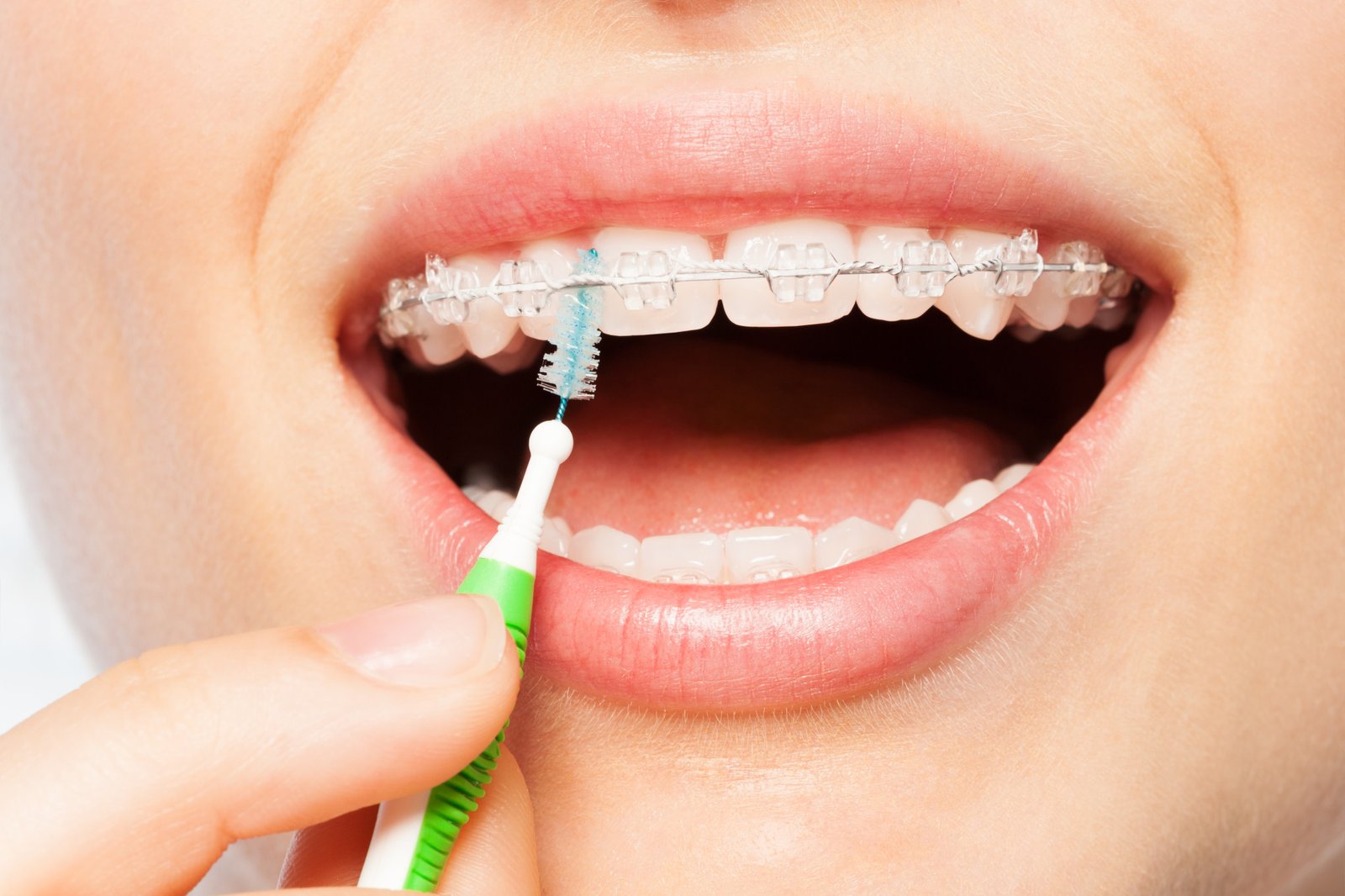
A Guide to the Different Types of Braces and How to Choose
Getting braces can be an exciting but overwhelming experience. This is especially when considering the different brace options available. Choosing the right type of braces can impact the effectiveness of treatment and dental care.
From traditional metal braces to ceramic braces and clear aligners, each option has its unique advantages and disadvantages. To make an informed decision, you need to understand the differences between each type and how they work.
In this article, we will guide you through the different types of braces. Read on!
Table of Contents
Traditional Metal Braces
Traditional metal braces are made of stainless steel brackets and archwires. These are attached to the teeth using elastic bands. They are very effective in treating orthodontic issues.
This includes issues such as crooked teeth, gaps, and malocclusions. Although not the visually-appealing option, they are durable, reliable, and cost-effective.
Ceramic Braces
Ceramic braces are made of clear or tooth-colored materials. These help the braces blend in with the natural color of teeth, making them less noticeable.
They are an excellent option for patients who are conscious about their appearance but still need braces. These work the same way as traditional braces. They apply continuous pressure on the teeth to move them into the correct position.
Lingual Braces
Lingual braces are an orthodontic treatment that involves placing brackets and wires on the back of the teeth. This makes them almost invisible from the front view.
The brackets are custom-made to fit the shape of the patient’s teeth, ensuring a comfortable fit. These are suitable for people who wish to correct their teeth without people noticing. And lingual braces can do this without the appearance of metal brackets on the front of their teeth.
Self-ligating Braces
Self-ligating braces are almost the same as traditional braces. But, they do not need elastic bands to hold the archwire in place. Instead, they use a specialized clip or mechanism that holds the wire in place.
This reduces the amount of pressure and friction on the teeth. These braces are low maintenance, as there are no elastic bands that need to be replaced. They also need fewer adjustments. Self-ligating braces can be used to treat a wide range of orthodontic problems.
Clear Aligners
Clear aligners are a popular alternative to traditional braces. These consist of a series of clear, custom-made plastic trays that, in time, shift the teeth into the correct position. These aligners are almost invisible to the naked eye.
It makes them an excellent choice for people who wish to straighten their teeth in secret. Clear aligners are removable, allowing for easier maintenance of oral hygiene. And this gives you the ability to eat and drink without restrictions.
But, they may not be suitable for complex orthodontic cases. They need strict compliance with wear time for effective treatment.
Damon Braces
Damon braces are a type of self-ligating braces. They use a slide mechanism instead of elastic bands to hold the archwire in place. This mechanism allows the teeth to move freely. And it reduces the amount of force needed to shift the teeth into the correct position.
Damon braces also have smaller brackets, which make them more discreet than traditional braces. These braces may need fewer office visits and can be used to treat different kinds of orthodontic problems.
Invisalign Braces
Invisalign braces are a type of clear aligner that uses advanced 3D imaging technology. A custom treatment plan is then created for each patient. These aligners are made of a clear, thermoplastic material that is as close to invisible as you can get.
This makes them another excellent choice for those who want to get braces that are not obvious. These are removable, which makes practicing oral hygiene, eating, and drinking easy. But, like clear aligners, they might not be fit for complex orthodontic cases and have strict wear time.
Smart Brackets
Smart brackets are also known as self-monitoring or intelligent brackets. These are recent developments in orthodontics that use mini sensors to track the movement of teeth in real time. These brackets send data wirelessly to a computer.
This allows orthodontists to track the progress of treatment well and make adjustments if necessary. Smart brackets also reduce the number of office visits required. This is because the orthodontist can access the data from anywhere.
Smart brackets are, indeed, a more advanced and convenient option. But, they may not be suitable for all patients, and the cost of treatment can be higher.
TADS (Temporary Anchorage Devices)
Temporary anchorage devices (TADs) are miniature implants that are placed in the jawbone. This provides a fixed point to which orthodontic forces can be applied. TADs are made of titanium, a biocompatible material that integrates well with the bone.
They can be easily removed once the treatment is complete. TADs are an effective option for correcting difficult orthodontic cases. They can also reduce the need for headgear or other external appliances.
But, these require a minor surgical procedure and may cause discomfort or soreness for a few days after insertion.
Palatal Expanders
Palatal expanders are orthodontic devices used to widen the upper jaw. This is often used in cases where there is a narrow palate or a crossbite. These expanders apply gentle pressure on the palate, widening the jawbone and creating more space for the teeth.
Palatal expanders can be used for adults but are more often used in children and teenagers while their jaw is still developing. This is because the time when their jaw is still developing is perfect for this. This helps answer the question when should kids get braces, and the kind they should get.
Palatal expanders can cause mild discomfort. But, they are non-invasive treatment options that can help improve breathing, speech, and dental health.
Your Options for Different Types of Braces
Choosing the right type of braces can be a daunting task. But understanding the different options available can help you make an informed decision from traditional metal braces to clear aligners and smart brackets.
All types of braces have their unique advantages and disadvantages. Factors such as your orthodontic needs, budget, and lifestyle should be considered when choosing the best option for you. With the help of your orthodontist, you can achieve a beautiful, healthy smile that will last a lifetime.
For more tips and guides, visit our blog today!
Last Updated on April 4, 2023













